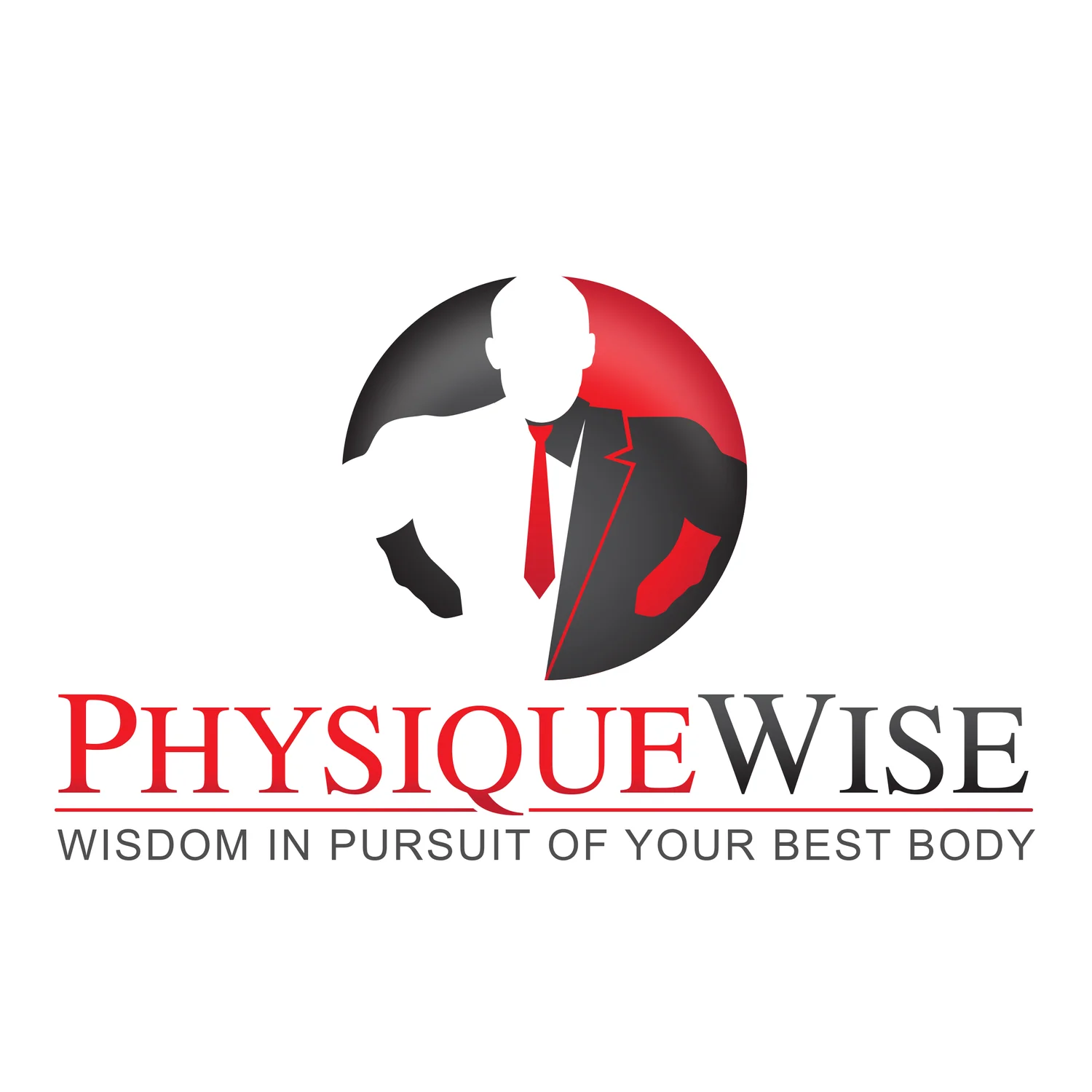Here are some more common questions I regularly receive and my solutions/suggestions/answers. Hope they help!
QUESTION: I'm away on holiday/business trip & I have no equipment. What should I do?
ANSWER:
The answer to this largely depends on the length of the trip: If only a few days, I would suggest have a couple of rest days, or perform some easy cardio. However, if for a slightly prolonged period of time, I would aim to put some form of bodyweight workout together. Here is one I gave a client earlier:
Perform 5 Circuits of the following:
A1. Alternate Forward Lunges x 10 each leg
A2. Push-Ups x 8
A3. Squat Jumps x 10
A4. Cross-Body Mountain Climbers x 50 (25 each leg)
A5. Butterfly Sit-Ups x 15
The good thing with bodyweight workouts is that the options are (almost) unlimited. Here are some different ways you can perform the above workout: -
1. Standard format - 5 rounds of the circuit with a set rest period (60-90 secs)
2. Timed Workout: Set a timer for a set length of time (15 mins would probably be good here) and perform as many rounds as possible.
3. Rather than following the reps provided, set intervals (such as 45 secs work;30 secs rest) and perform as many reps as you can for the given time interval.
4. Every Minute on The Minute (EMOM): Set a timer, perform the lunges. These may take 45 secs to complete. That means you then have 15 secs rest before the next minute starts when you will perform the push-ups and so on.
Having a bodyweight routine is a good idea for those times when a gym isn't available
QUESTION. What is something healthy I can eat as a snack? My goal is to lose fat.
ANSWER:
The key to eating (and snacking) when trying to lose body fat is to ensure you avoid calorie dense foods wherever possible i.e. foods that provide a high number of calories per bite. It is for this reason that I don't recommend nuts or nut butters as good snack options for anyone looking to lose weight. This isn't because nuts are bad, it's purely for the amount of calories they contain.
In order for a food to be a good snack then it generally has to contain a couple of the elements below: -
- Easy to grab on the go or easy to carry
- Contain a reasonable amount of protein
- Be nutrient dense
- Be satiating (i.e. keep you feeling full) - which is where the protein comes in
- Be high in volume (large amount of food but relatively few calories)
- Should generally be whole foods - not liquids. I make exceptions for protein shakes here but I would always recommend whole foods first.
Here is a list of some common foods I recommend: -
1) Greek yoghurt (moderately high in protein, high volume, satiating)
2) Beef jerky (Easy to grab on the go, high in protein, satiating)
3) Protein bars/balls (same as above)
4) Fruit (nutrient dense, easy to grab on the go, high in volume)
5) Vegetable sticks such as carrot, celery, cucumber etc (same as above)
6) Boiled eggs (High in protein, satiating)
7) Protein Shakes (High in protein, satiating, easy to grab on the go and transport)
So the type of snack you go for my be dependent on the situation you face. A long car journey with no access to refrigeration would probably mean something like a protein bar or beef jerky. However, if you are at home and want something healthy then keeping cut up fruit and vegetables in clear plastic containers would be a great idea.
Vegetable sticks are a great snacking option at home or at the office where refrigeration is available
QUESTION: I see some people in the gym with notepads or training programs. Do I need to be recording my workouts?
ANSWER:
Those people keeping a note of what they are lifting are probably those in the small minority of gym-goers who are actually making any progress. When it comes to training, this is what I like my clients to record:
-Exercises performed (and in which order)
-Sets completed
-Reps completed
-Rest Periods
-RPE (Rating of perceived exertion) - how difficult the exercise felt across all sets.
-The weight you lifted for each set
Keeping a note of all of these factors will help you:
1) Know what weight to select/how many reps to aim for next time you complete that particular workout, and;
2) Know whether you are making progress. I.e. are you lifting more weight this week than you did last week? Did you complete more total reps across 4 sets?
So, if you are blithely working away in the gym without really knowing what you should be doing, and whether you are getting any better, ensure you have training plan, and that you are recording all of the above information.
Writing down and recording your workouts is highly beneficial & crucial to making progress




